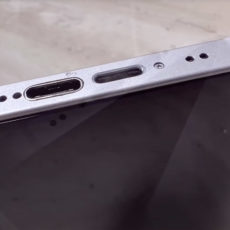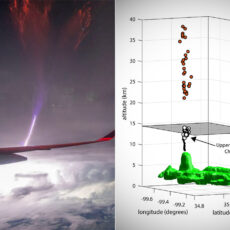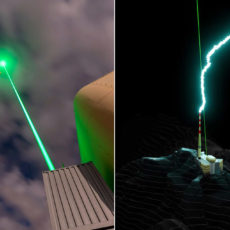
Controlling lightning with sound is possible, but the process isn’t what you may be thinking. James of The Action Lab conducted an experiment inspired by UpnaLab’s research to see if ultrasonic waves could guide electric plasma, a small-scale analog to lightning.
First, he used a high-voltage source to create a visible plasma arc (a glowing electrical discharge) and an ultrasonic transducer to emit high-frequency sound waves (>20 kHz). Next, the plasma arc was generated before activating the ultrasonic transducer, directing sound waves at the arc. He observed how the plasma responded to the sound.
- A SCIENCE KIT THAT INSPIRES - Your kids will have hours of fun as they explore the fizzy and bubbly reactions they create, just like a real scientist...
- A TOTAL OF 45 EXPERIMENTS - Build and erupt a volcano, create a geyser, launch a rocket, and cause some awesome chemical reactions! Each experiment is...
- EASY-TO-FOLLOW INSTRUCTIONS - The experiment guide in this kit has kid-friendly instructions with illustrations for each step, and fascinating insight...
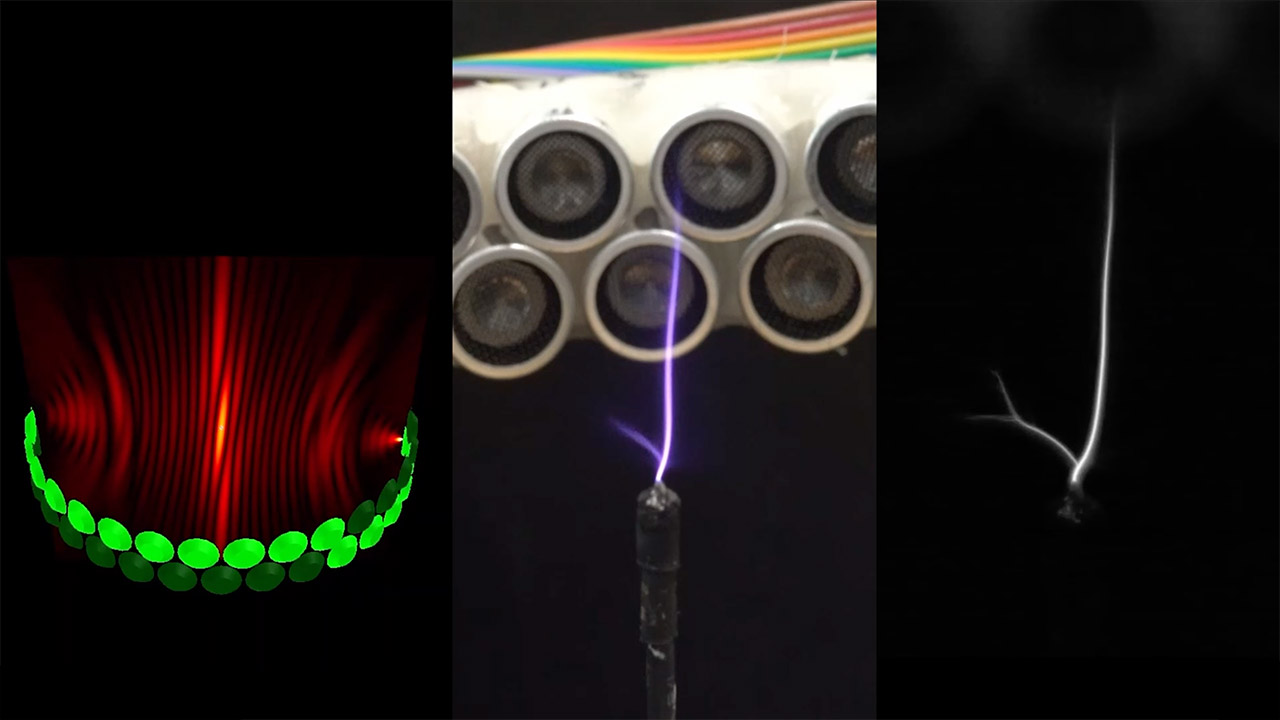
James showed the plasma arc in action, toggling the ultrasonic waves on and off to highlight their effect. What did he find out? The plasma arc visibly shifted or bent when the ultrasonic waves were applied, demonstrating that sound could influence its path.
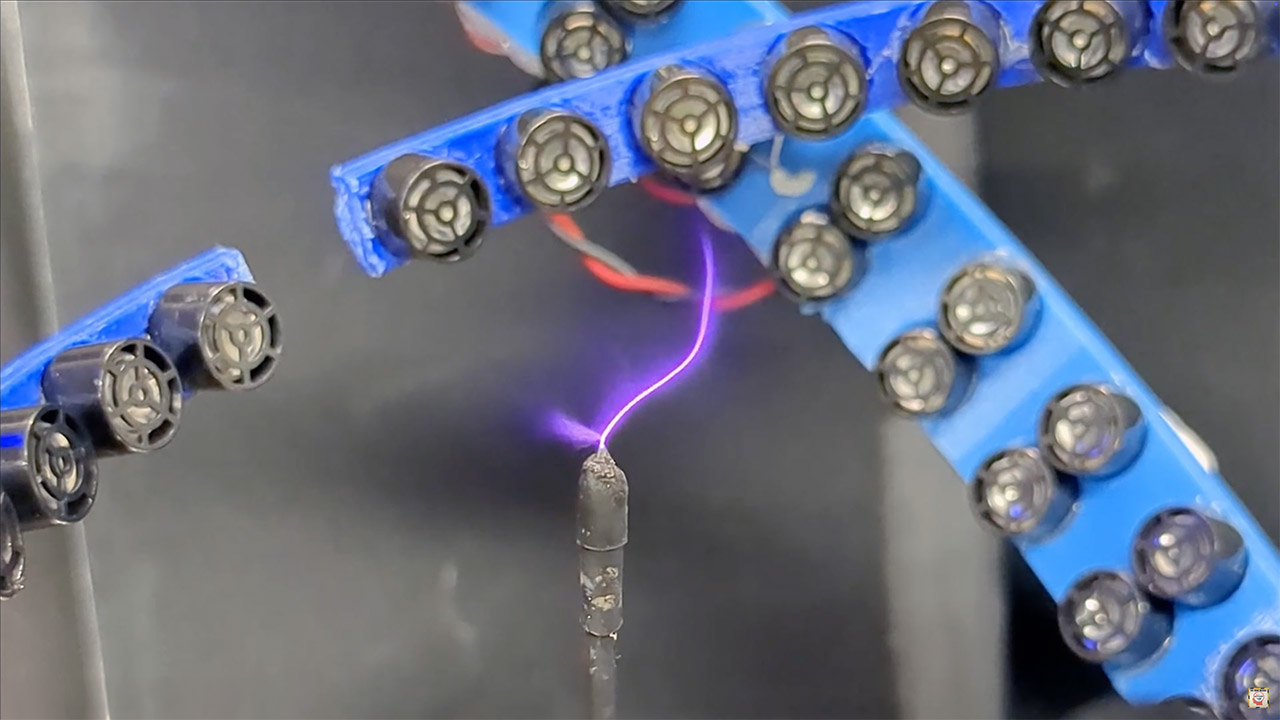
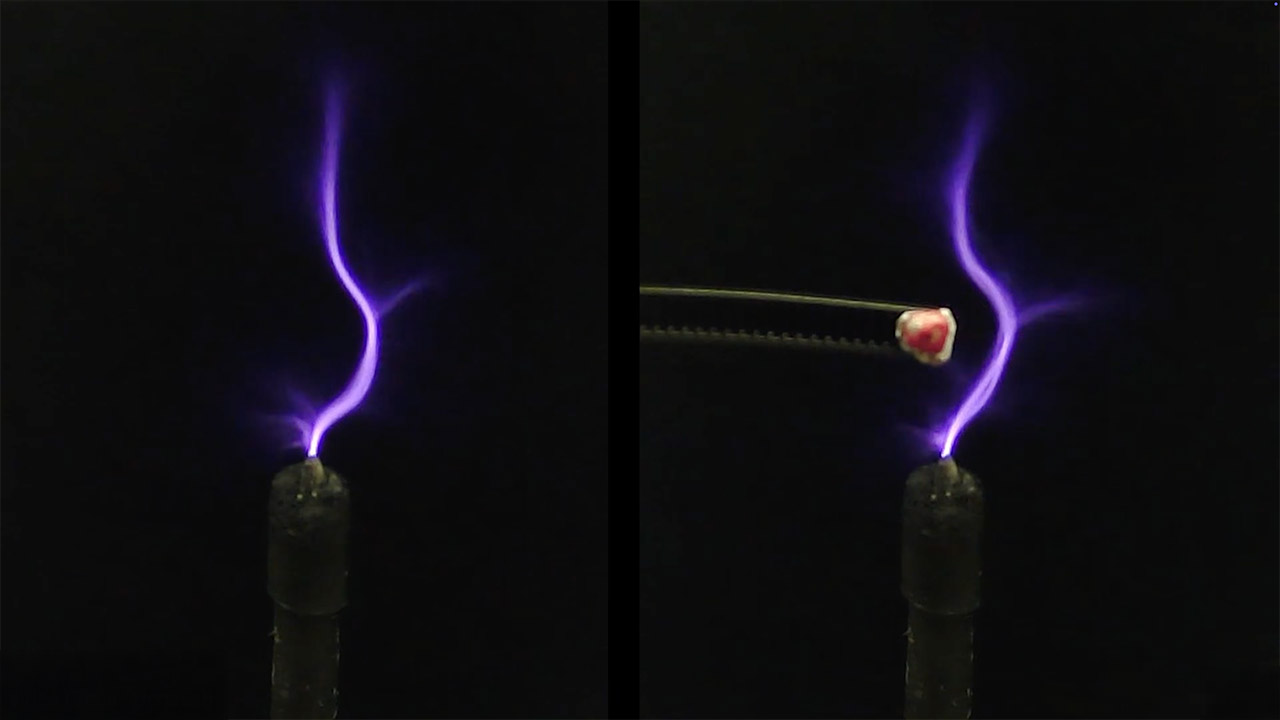
However, the effect was limited to the small scale of the lab setup (centimeters or meters, not lightning-scale distances). James described the result as “bending lightning like a puppet,” detailing the surprising control achieved, though he noted it’s a proof-of-concept, not yet applicable to real lightning.
[Source]




